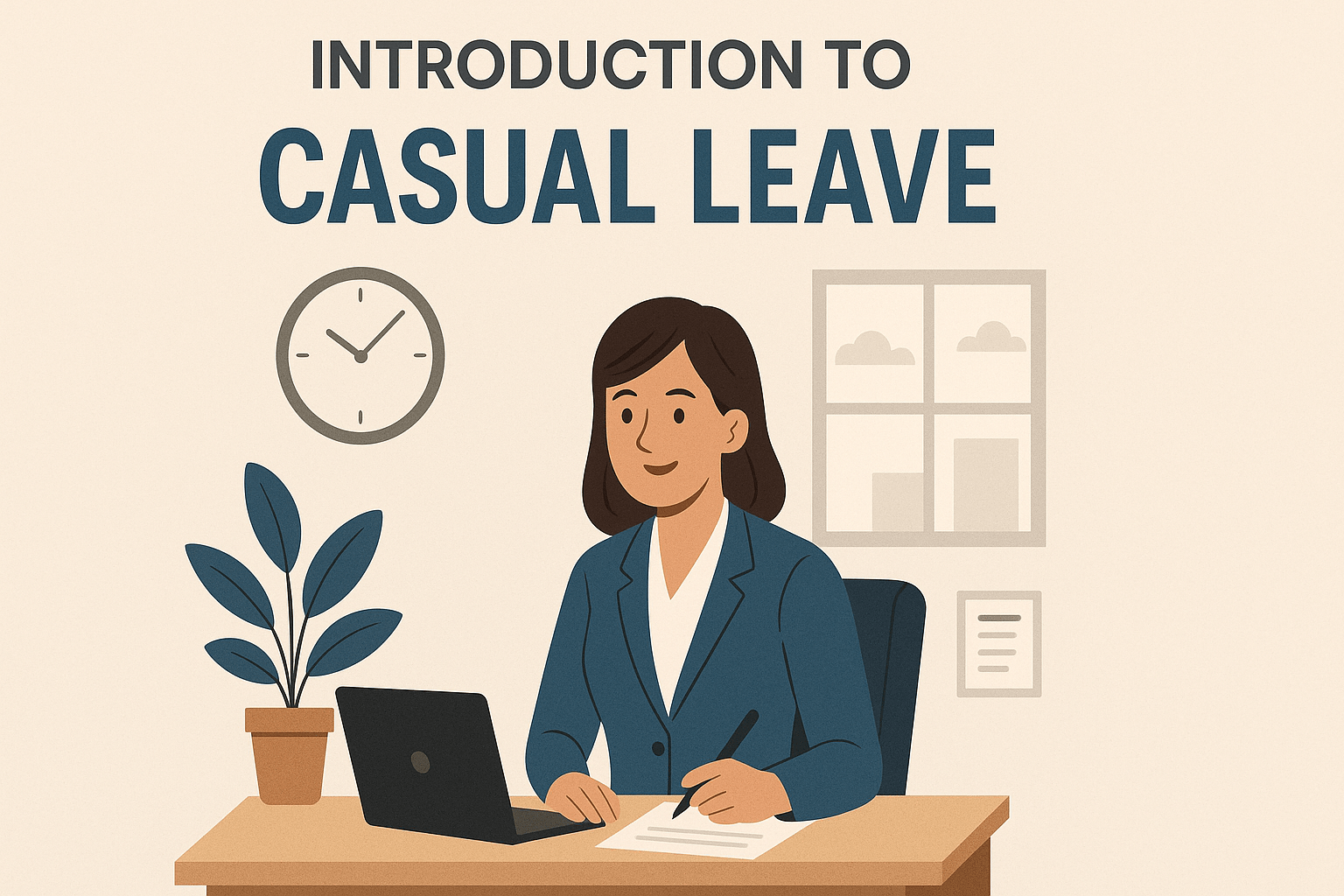Upon first hearing about it, the idea of unlimited annual leave might seem fantastical; surely such a thing is too good to be true? However, not only is the idea a reality, it’s gaining popularity.
For instance, large organisations like Netflix, Dropbox, Virgin, and even the massive General Electric are now offering limitless holidays to their employees.
An unlimited holiday means policy allows employees to take an unlimited amount of paid time off without managerial restrictions. However, an unlimited holiday policy has both its benefits and drawbacks, for both the employer and employee. Let’s take a look at some of them:
An Excellent Perk
Unlimited annual leave is sure to turn the head of the best talent and gives you a better chance of attracting them to an organisation, even if they’re being offered a higher salary elsewhere. This approach signals to staff that the organization is not just their employer, but something they are responsible for nurturing, leading to higher engagement and productivity.
Plus, as an employee who’s benefitting from the policy isn’t guaranteed to find the deal elsewhere, they’ll think twice about leaving – leading to higher employee retention.
Great for employee morale
An unlimited holiday policy is likely to be good for overall staff morale, as they’ll feel more valued. In stark contrast to businesses with a ‘slaughtering the golden goose’ mentality, that values production over personal wellbeing, workers will feel that a company offering unlimited holidays has their best interests at heart. Consequently, they’re far more likely to show greater loyalty to the company. Safeguarding employee health is crucial, as it ensures that employees take adequate leave to maintain their mental and physical well-being.
Employees often feel more motivated to be accountable and complete their work efficiently when they are allowed to take unlimited time off.
Less admin
With employees able to take off as much time as they please, there’s less need to keep on top of staff calendars, especially as it pertains to the tracking of leave. You no longer have to calculate annual leave that’s to be carried, for instance.
Introduction
In recent years, the concept of unlimited holiday policies has gained significant attention among employers and employees alike. The idea of offering employees unlimited paid time off may seem daunting, but it can have numerous benefits for both parties. In this article, we will explore the concept of unlimited holiday policies, their benefits, and how to implement and manage them effectively. Unlimited holiday work policies emphasize the need for employees to manage their own time off while meeting work responsibilities.
What is an Unlimited Holiday Policy?
An unlimited holiday policy is a type of paid time off (PTO) policy that allows employees to take as much time off as they need, without a fixed limit on the number of days. This policy is also known as unlimited vacation or flexible holiday. The idea behind offering unlimited holiday is to provide employees with the autonomy to manage their work-life balance and take time off when they need it.
Benefits of Implementing an Unlimited Holiday Policy
Implementing an unlimited holiday policy can have numerous benefits for employers and employees. Some of the benefits include:
-
Improved work-life balance: Unlimited holiday policies allow employees to take time off when they need it, which can lead to a better work-life balance and improved mental health.
-
Increased productivity: When employees are able to take time off when they need it, they are more likely to be productive and focused when they are at work.
-
Attracting and retaining top talent: Offering unlimited holiday can be a major draw for top talent, as it shows that the employer values their employees’ well-being and is willing to provide them with the flexibility they need.
-
Reduced turnover: Unlimited holiday policies can lead to reduced turnover rates, as employees are more likely to stay with an employer that offers them the flexibility they need.
While offering unlimited holidays, it is important to ensure compliance with statutory requirements, including bank holidays, to create an equitable policy.
Cons of Unlimited Holiday Policy
Creating and enforcing the policy
Once you decide to offer unlimited holiday allowance, the policy has to be implemented so it’s mutually beneficial for the business and the employees. Too far one way and you get staff abusing the policy; too far the other and they’ll end up resenting it – feeling cheated. A good policy takes into account the amount of notice required, how much time can be taken at once, and how many people are allowed to be absent at once.
If you decide as an employer not to go down this route, employers must comply with statutory requirements under the Working Time Regulations 1998, which mandate a minimum of 28 days paid leave for full-time workers.
Off too often?
In our post on calculating legally entitled holiday allowance, we briefly touched upon staff not taking enough holiday because they’re unaware of how much they’re allowed. Here, conversely, employees can fail to take enough time off, as they put pressure on themselves to not be away too often, leading to complex holiday requests that need careful management.
Some things become hard to track
Sadly, less admin doesn’t mean zero admin, and some of the remaining details became harder to keep track of – most notably, payment in lieu. For example, how do you determine how much an employee is owed if they depart from the company part way through the year?
Similarly, how do you track the days accrued by staff on long-term leave, be it through illness or for maternity? Such scenarios should be planned for when crafting an unlimited holiday policy. Managing an unlimited holiday system also presents challenges, such as potential conflicts and employee burnout, which need to be addressed to maintain a healthy work-life balance.
It is worth noting that unlimited holiday systems can complicate workload management for team leaders, effective communication between employees and line managers is essential for managing unlimited leave to ensure coverage and deadlines.
Imbalance between employees and teams
An unlimited annual leave policy can sometimes lead to imbalances between employees and teams. High-performing, dedicated employees might feel compelled to take less time off, while others may take advantage of the policy, leading to feelings of unfairness and resentment. This disparity can create tension within teams and potentially impact overall productivity. To mitigate these issues, employers should establish clear guidelines and expectations for all employees. By ensuring everyone understands the policy and its implications, businesses can foster a more equitable environment where all team members feel valued and respected.
Overworking and burnout in busy periods
While unlimited annual leave offers flexibility, it can also contribute to overworking and burnout, especially during busy periods. Employees may hesitate to take time off when they feel overwhelmed or when the team is understaffed, leading to prolonged stress and fatigue. Employers can address this by actively encouraging employees to take breaks and use their leave. Providing support and resources to manage workloads and promoting a culture of self-care and well-being are essential steps in preventing burnout. By doing so, companies can ensure that their employees remain healthy and productive, even during peak times.
Employees might not know what’s acceptable
One challenge of an unlimited annual leave policy is the uncertainty it can create regarding what is considered acceptable time off. Without clear guidelines, employees may feel hesitant to take extended leave, fearing it might negatively impact their work or be perceived as excessive. Employers can alleviate this uncertainty by establishing clear policies and procedures. Providing guidance on notice periods and encouraging open communication between employees and managers can help set expectations and ensure that everyone feels comfortable taking the time they need. This clarity can lead to a more effective and harmonious implementation of the unlimited leave policy.
Alternatives to Unlimited Annual Leave
While unlimited annual leave can be an attractive benefit, it may not be suitable for all businesses or industries. Fortunately, there are alternative options that can provide similar benefits while addressing potential drawbacks. Flexible working hours allow employees to set their own schedules, offering greater autonomy and a better work-life balance. Enhanced holiday allowances can provide employees with ample paid time off, reducing stress and promoting well-being. Company shutdowns during specific periods ensure that all employees get guaranteed time off, helping to prevent burnout. Clear holiday rollover guidelines can help employees manage their leave more effectively, while sabbaticals offer extended periods for personal or professional development. These alternatives can help businesses support their employees’ needs while maintaining operational efficiency.
Implementing an Unlimited Holiday Policy
Implementing unlimited holiday policies requires careful planning to avoid misunderstandings. Here are some steps to follow:
-
Communicate the policy clearly: It’s essential to communicate the policy clearly to all employees, including the benefits and expectations.
-
Set clear guidelines: Establish clear guidelines for taking time off, including notice periods and approval processes.
-
Monitor and adjust: Monitor the policy’s effectiveness and make adjustments as needed.
Managing Unlimited Holidays Effectively
Managing unlimited holidays effectively requires a combination of trust, communication, and monitoring. Here are some tips:
-
Trust your employees: Trust your employees to manage their time off effectively and make responsible decisions.
-
Communicate regularly: Communicate regularly with employees to ensure that they understand the policy and are using it effectively.
-
Monitor usage: Monitor usage of the policy to ensure that it’s not being abused and that employees are taking enough time off.
-
Encourage employees take leave: High-performing employees may not take enough holidays due to a sense of responsibility.
By following these tips and implementing an unlimited holiday policy, employers can provide their employees with the flexibility they need to manage their work-life balance and improve their overall well-being.
Best Practices for Unlimited Annual Leave
To ensure the success of an unlimited annual leave policy, employers should follow best practices. Start by establishing clear guidelines and expectations, including notice periods and communication protocols. Provide training for managers on how to manage employee leave and ensure fair treatment. Encourage open communication between employees and managers to address any concerns or issues. Monitor and evaluate the policy’s effectiveness, making adjustments as needed. Foster a culture of trust and autonomy, empowering employees to manage their time off and prioritize their well-being. Consider implementing a trial period to assess the policy’s impact and make necessary adjustments. Utilize HR technology to simplify the administration of the policy and track employee leave. By following these best practices, employers can create a supportive environment that maximizes the benefits of an unlimited annual leave policy.




